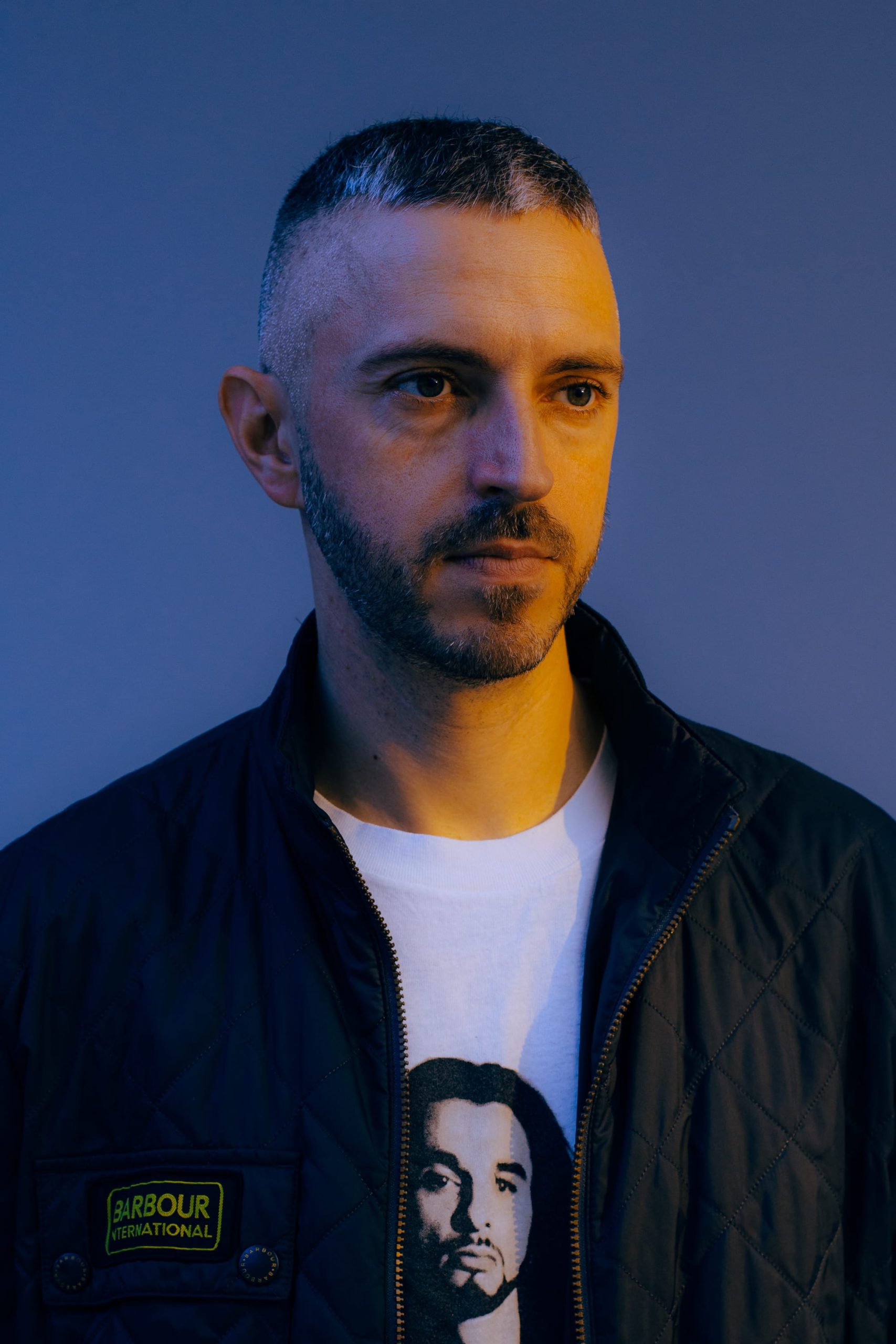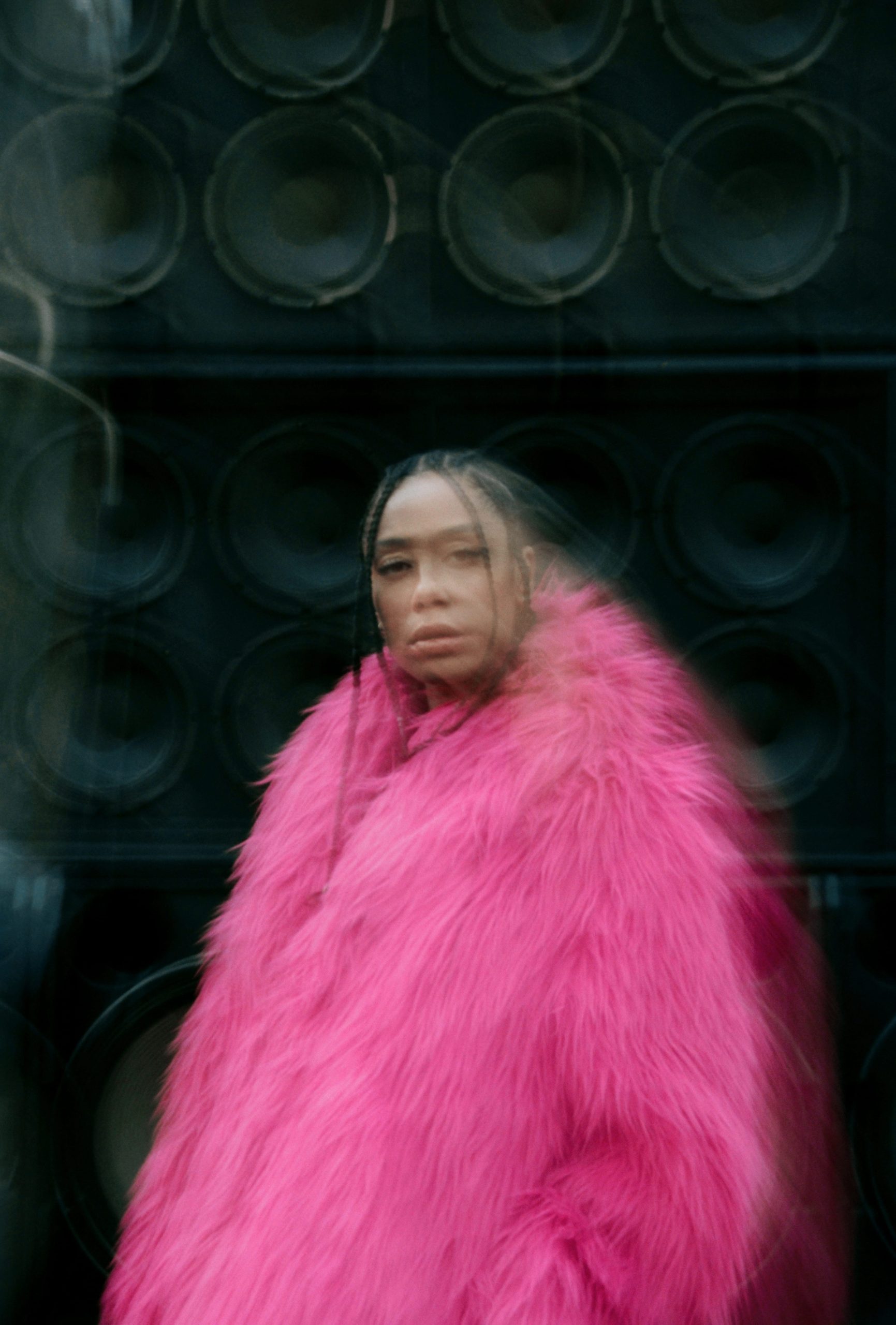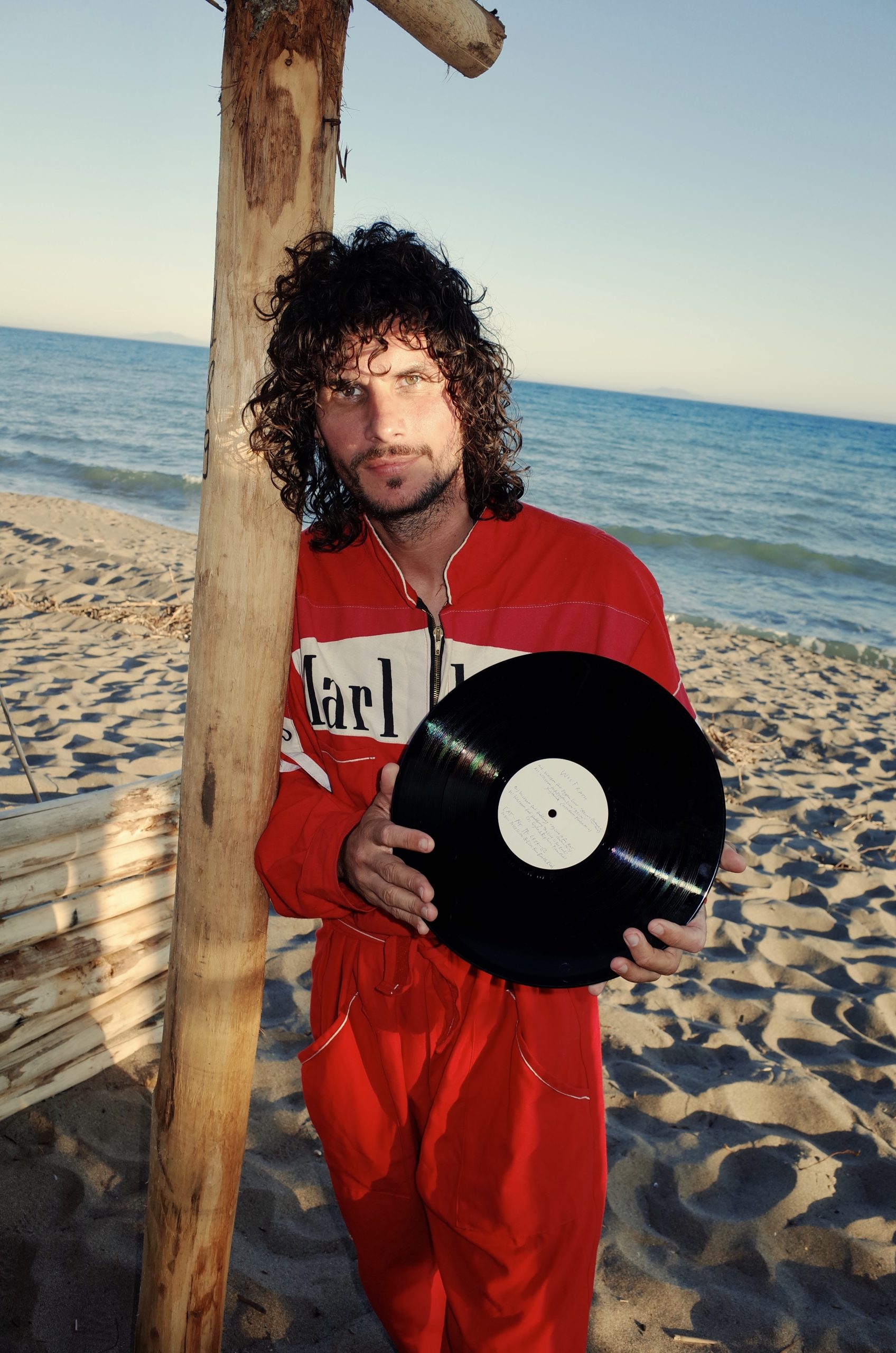
The renaissance of dance and hope
Electronic Beats celebrates the ‘Summer of Joy’
For me, feeling part of a subcultural community has always been linked to the awareness of the diy principal, to overcome the gap between producer and consumer and to realize potentials of collaborating instead of working against each other.

Lines and planes in orange earth tones cover the walls. In the rocky niches of Bhimbetka, dancers stretch their arms toward the sky. One of the earliest representations of a musical instrument, hourglass drums, testify here, in India, to the Stone Age beginnings of ritual dance and communal ecstasy; created more than 9000 years ago. Possibly one of the origins of dance as an expression of collective experience lies here. Possibly these ancestors celebrated one of the first “Summer of Joy” in Madhya Pradesh, India.
As civilization progressed, different dance forms formed, reflecting the cultural diversity of different regions. From the refined ballet of the French courts to the lively flamenco of Spain, dance became an integral part of expressing emotions, telling stories, and preserving cultural heritage. At the courts of Versailles in the 17th century, King Louis XIV made ballet so popular as an art form that he often appeared in ballet performances himself, earning the nickname “The Dancing King.” There is no doubt that Louis XIV recognized the cultural added value of dancing – festivities and receptions in the French Baroque gardens were based on aristocratic motives as well as personal preferences. Here, too, it was not just one joyful summer that was celebrated.


As a regular at the basement club Le Tabou, the existentialist philosopher Albert Camus, a passionate and talented dancer, is said to have met the jazz saxophonist Charlie Parker. After a brief exchange of words, the two engaged in a friendly dance-off that would take on legend status in the Parisian intellectual and nightclub scene. Shortly thereafter, in 1945, Maurice Merleau-Ponty, himself a philosopher and friend of the existentialists, wrote these famous lines about the philosophy of dancing in his book “Phenomenology of Perception”: “The dancing body is never separated from the world. It takes up rhythms from the world, and moves in response to them. The dancer is in the world as the bird is in the air or the fish is in the water.” It is precisely this philosophy that Electronic Beats indulges in its latest campaign. Together with the generations of the future, we look forward with hope to the horizon of the approaching season and look forward to the “Summer of Joy” without forgetting our surroundings, our environment and community.
While dance fulfilled mainly collective and ritual functions until the 20th century, the world of movement changed after industrialization in Europe. Pioneers such as Isadora Duncan and Martha Graham revolutionized the paradigm of dance, focusing on individual expressivity and emotion. The communal component is joined by a new quality: dance becomes an expression of freedom.
How can I bring my love of nature and my love of music in one thing?

At the zenith of the hippie movement, two years before the legendary Woodstock Festival, the 1967 happening “Human Be-In” evolved from a protest against the prohibition of LSD into the “Summer of Love”. This summer became the expression of a new attitude towards life in the San Francisco of the 60s. It is no coincidence that the second “Summer of Love” would follow some twenty years later: When Acid House was growing up in Great Britain in 1988 and 1989, Ecstasy was gaining the utmost popularity, and rave culture had reached its postnatal peak. “When the sun goes down, another world awakens” – a world of underground clubs, warehouses and hidden spaces where subcultures find solace. From the underground disco scene of the 1970s to the emergence of rave culture in the 1980s, dance music became a catalyst for transformative experiences and countercultural movements. In the late 1970s, Studio 54 in New York City became an iconic gathering place for disco lovers and celebrities. Its legendary parties, with a mix of soul, funk and electronic beats, set new standards and prepared the ground for a new era of club culture.
And 2023? We look back on years full of disruptions and catastrophes. The Corona pandemic forced people worldwide into isolation, sometimes loneliness. A war has been raging in Europe since February 2022. At the same time, people worldwide are “fully immersed”: Metaverse and AI are producing new progress every day, the speed and consequences of which we cannot fully comprehend in real time. And in all this tangle, the global community is negotiating its social framework: between sexism and feminism, Ableism and inclusion, racism and cosmopolitanism, or classism and equality.


It’s the first warming rays of sunshine on the horizon of the approaching “Summer of Joy”, which Electronic Beats welcomes in the context of its latest campaign, around Grammy-nominated dancefloor connoisseur Jayda G. Hardly any other artist brings the questions of our present together with music, dance and club culture in such a way: Jayda G. studied ecology and biology, wrote her thesis on “environmental toxicology” and uses samples with nature and animal sounds in her music.
But what do dance and dancefloor have to do with contemporary issues? It would be presumptuous to declare dance as a promising way out. However, as is so often the case, it is worth taking a look at contemporary (pop) culture as a seismograph for social processes: The app TikTok has become famous as a platform for dance choreography, the computer game Fortnite has integrated dances as so-called emotes, and in the film and series industry, think of Jenna Ortega’s viral dance from the recent hit series “Wednesday.” According to music encyclopedia AllMusic, at least 12,000 new songs have been released in the past decade with the word “dance” in their titles. And as for the rapid developments in virtual environments, raves and club nights are already taking place in the metaverse. This includes random club nights in GTA V Online or dedicated projects from the night culture scene like Transmoderna. During the Corona pandemic, Metaverse and virtual environments exerted an immense influence on club culture.
Like-minded people who share the love for music need a welcoming & inclusive environment, regardless of their background, where they can freely express themselves with the common language that is "dance“.

Flashmobs, Dabbing, Harlem Shake, Griddy. These are all products of the choreographic urge to move that drives people around the globe and creates communities. Cultural participation through movement.
Yes, it would be presumptuous to believe that in a club or on the dance floor, “the solution to all problems” is readily available on a platter; or in this case, rather, on the turn tables. But that is the wrong question. Dance is immersion. Dance is meditation. Dance is community. Dance is an expression of social processes, dance is confrontation, dealing and evasion at the same time. To believe that dance culture and its spatialization is detached from social indicators is truly unworldly, for “the dancer is in the world as the bird is in the air or the fish is in the water.”


Credits
Text: Marcus Boxler
Photography: Nils Leon Brauer / Ozmoze
Published June 13, 2023.
